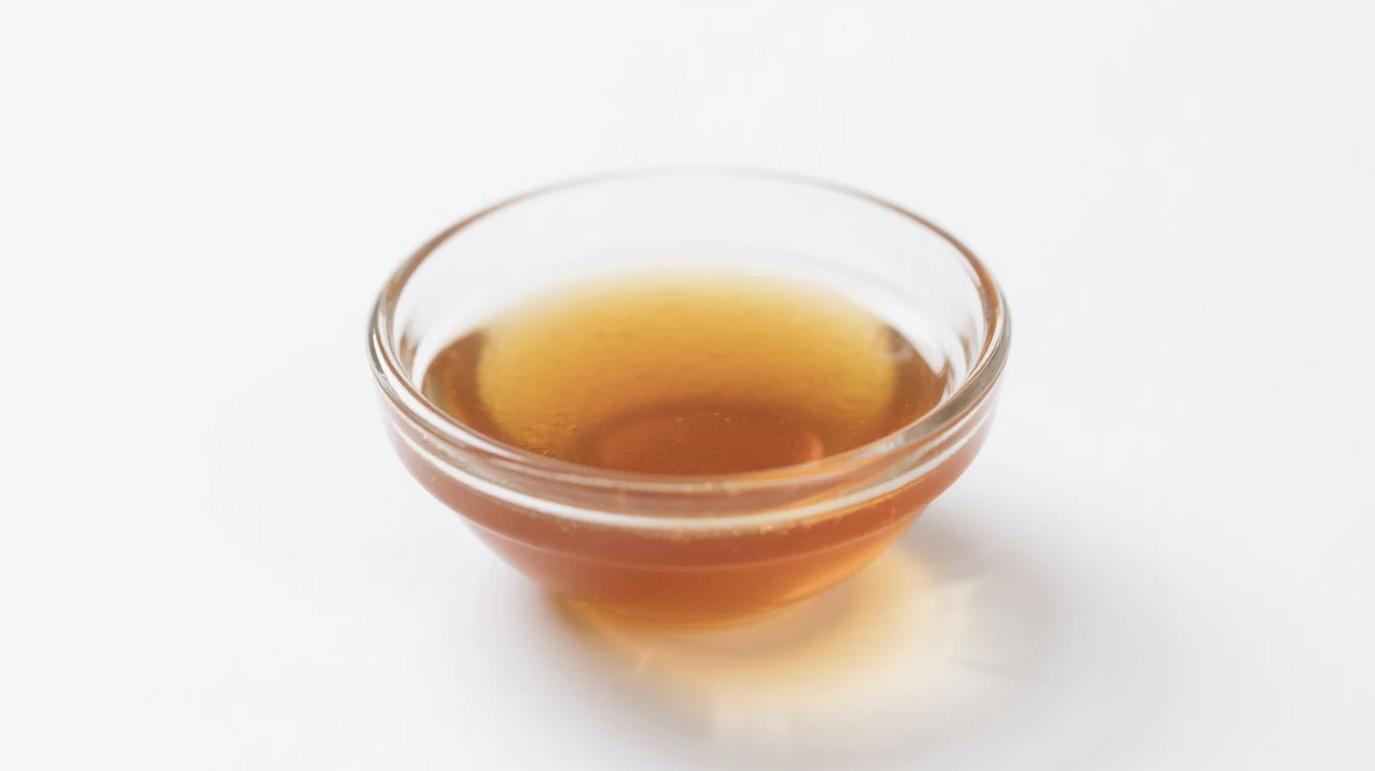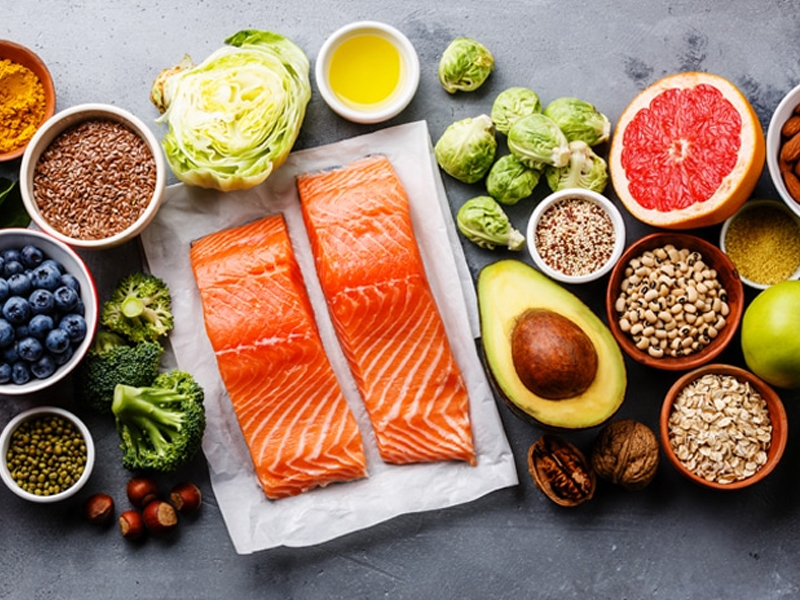Let’s settle this kitchen debate once and for all: Malt syrup and corn syrup might both be thick, sweet, and lurking in your pantry, but they’re as different as bourbon and vodka. I learned this the hard way when I tried swapping organic malt syrup for corn syrup in pecan pie—only to end up with a boozy, bitter mess. Here’s why these two sweeteners aren’t interchangeable (and why organic malt syrup deserves a prime spot in your kitchen).
Malt Syrup vs. Corn Syrup: The DNA Test
Organic Malt Syrup:
- Made From: Sprouted barley (malted grains).
- Taste: Toasty, nutty, with hints of caramel—like a warm hug for your oatmeal.
- Process: Barley is soaked, sprouted, roasted, and boiled to extract sugars. Organic versions skip synthetic pesticides and GMOs.
Corn Syrup:
- Made From: Corn starch (usually GMO corn).
- Taste: Neutral sweetness—think “liquid cardboard” with no depth.
- Process: Corn starch is treated with enzymes (often genetically modified) to break it into glucose. High-fructose corn syrup (HFCS) goes through extra processing to convert some glucose to fructose.
The Big Difference: Flavor vs. Function
- Malt Syrup Shines in:
- Beer brewing (it’s the soul of your IPA)
- Whole-grain breads (adds crusty color and malty flavor)
- Granola bars (toasty sweetness without vanilla extract)
- Corn Syrup’s Job:
- Preventing sugar crystals in candy (it’s the MVP of fudge)
- Cheaply sweetening sodas and processed snacks
- Keeping baked goods “moist” (but at what cost?)
My Failed Pie Experiment: Corn syrup’s job is structural—it’s flavorless and just adds gooeyness. Malt syrup’s bold taste clashed with the pecans. Lesson learned.
Health Showdown: Is Organic Malt Syrup Better?
| Factor | Organic Malt Syrup | Corn Syrup |
|---|---|---|
| Glycemic Index | 65 (moderate) | 75-90 (high, spikes blood sugar) |
| Nutrients | B vitamins, magnesium, antioxidants | Zero—just empty calories |
| Processing | Minimal (sprouting, boiling) | Heavy (enzymes, acid hydrolysis) |
| GMO Risk | None (organic barley) | High (most corn is GMO) |
Note: Both are still sugar—overdo them, and your liver won’t care if they’re organic. But malt syrup’s nutrients and lower processing make it the lesser evil.
When to Use Each (Without Ruining Your Recipe)
- Substitute Malt for Corn Syrup Only If:
- You want FLAVOR (e.g., malt syrup in gingerbread cookies).
- The recipe needs a thickener but can handle boldness (e.g., barbecue sauce).
- Stick to Corn Syrup When:
- You need neutral sweetness (e.g., caramel, pecan pie).
- Chemistry matters (corn syrup’s glucose prevents crystallization).
Hack: Mix 1 part malt syrup with 1 part honey for a corn syrup sub that’s almost neutral.
Why “Organic” Matters for Malt Syrup
Conventional barley is often sprayed with glyphosate (a controversial herbicide). Organic malt syrup guarantees:
- No synthetic pesticides (barley soaks up chemicals like a sponge).
- No artificial enzymes (used to speed up starch conversion in non-organic malt).
- Richer flavor from slow, traditional malting.
The Verdict
Organic malt syrup and corn syrup are as similar as a craft beer and a soda. Malt syrup brings flavor, nutrients, and craft; corn syrup is a cheap, neutral workhorse. While neither is a health food, organic malt syrup wins for baking, brewing, and folks who care about what’s hiding in their sweeteners.
Keep both in your pantry—but reach for malt syrup when you want your food to taste like it was made by a human, not a lab.
Try This: Swap corn syrup for organic malt syrup in your next batch of granola. Thank me later with a crispy, toasty bite.
Malt syrup: Because life’s too short for bland sweetness.
Recommended Product
Organic Malt Syrup
Natural Sweetener & Functional Ingredient for Food, Beverage, and Health Products


